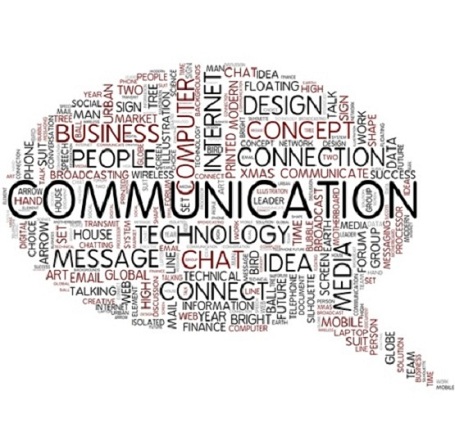
Usman Ghani (November 12, 2014)
Businesses around the world need to have reliable, consistent and frequent communication with their clients in order to provide high quality customer experience. Failing to do so can jeopardize their relationship with customers, and could lead to dwindling loyalties and eventual loss in market share. Businesses need to target consumers through the right modes of communication to build a lasting relationship. A critical factor for success in developing a communication strategy is the organization’s ability to identify and communicate through the medium preferred by the customers be it mobile, phone, fax, post, web, email or SMS.
Some of the factors that need to be taken into account while developing a communication strategy are:
When businesses are dealing with complex needs of customers, it is important that there is a genuine and empathetic relationship with the clients, which can be done by showing that the organization cares about the client and is fully committed towards providing solutions. This can done by developing solid engagement via medium preferred by the clients.
Companies should put in effort and time to learn more about their clients, since this would help them better understand their customers’ needs. If CSRs know their clients preferences, it would be easier to identify and solve any grievances they may face. When communicating, exclusive attention should be given to the client, since this reflects upon the organization’s commitment to better serve its customers.
At the same time, developing and maintaining professional boundaries is essential to the customer relationship management. CSRs must be trained and made aware as to what boundaries are necessary and how they are supposed to conduct themselves. Moreover, communication must be made in a respectful manner, for which it is essential that CSR’s must learn to control their emotions and whatever they are thinking and feeling should not reflect in the communication with the customers.
Face-to-face communication is one of the most effective ways to communicate with the customers, but when communication takes place through another medium such as phone, CSRs should be well-aware of the fact that absence of body language needs to be compensated through clear articulation of the message, so that there is no misunderstanding or ambiguity.
Language should be simplified by using short, simple sentence. Highly technical terms and jargon should be avoided. The conversation should be properly structured, simultaneously addressing multiple issues doesn’t work. If clients are being explained tasks, they should be broken down into a step-by-step process, making it easier for them to understand and follow. Clients should be periodically asked whether they understand or not to avoid ambiguity and confusion. They should be encouraged to ask questions. Where possible, verbal communication could be supplemented with written, visual and pictorial representations for better understanding and clarity.
At times customers find it difficult to comprehend complex information if it is being given out verbally, owing to multiple factors. CSRs, after verbally communicating with the customers, could send out relevant literature through email or other mediums to complement what already has been communicated. This will help further strengthen customer relationship and provide an opportunity for customers to go over the literature more than once if they require. Although it must be remembered that the language should be simple and the writing style easy to comprehend. There are numerous resources that can be employed to make the written communication more precise and clear such as forms, brochures, booklets, graphs, diagrams etc.
The use of visual aid could tremendously boost the customer’s understanding and ability to remember the information. Images, symbols and illustrations could be incorporated in the reading material to help client’s understanding. If images are being used, they need to be relevant and should support the text.
Some customers find it hard to remember the details, others simply don’t pay attention, which leaves CSR’s helpless. In order to improve the quality of communication, following strategies could be used to help customers retain all the information being dispensed:
Specific memory techniques should be used which involve repeating and rehearsing important information with the help of visual aid. Information should be organized into categories so that it is easier for customers to remember and comprehend.
Written information given to the customer should be properly organized with the help of labelling or color-coding.

Healthcare workers are entrusted with the great responsibility of caring for people. In order to continually offer comfort and care to people, there are certain skills that healthcare professionals need to master. Of course there are the obvious ones related...
Read More
Creative thinking is one of the most important and sought after soft skills that you need to acquire in an increasingly digital landscape of 2021 and beyond. Creative thinking skills are required in many different job roles to come up...
Read More
Sales are the backbone of any business and great salespeople are an asset for the company. Some people are naturally gifted in the art of persuasive communication and negotiation skills required to convince clients and effectively sell more. However, certain...
Read More